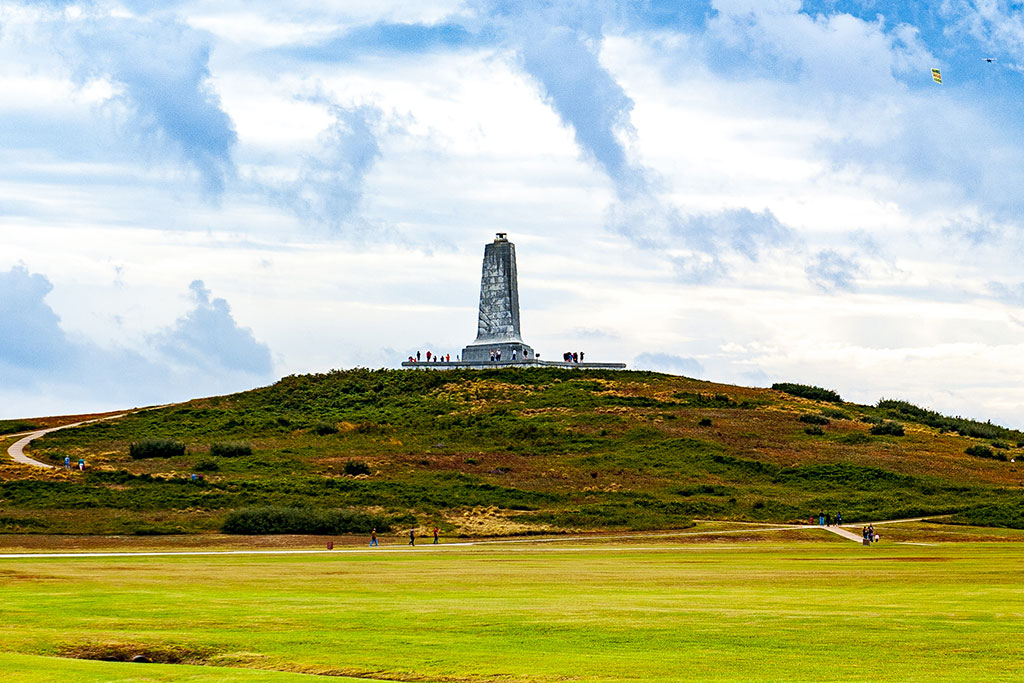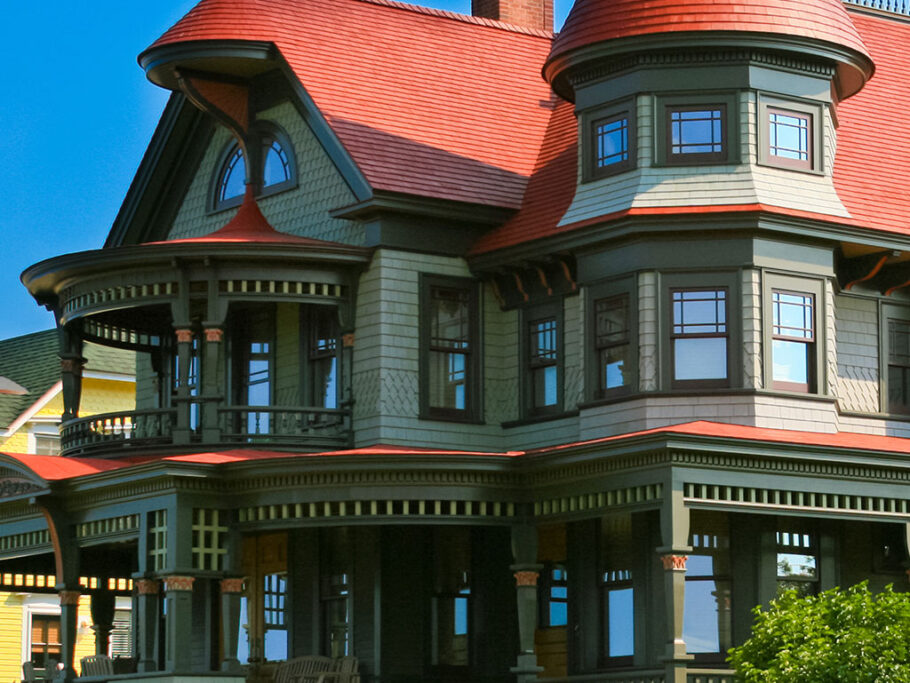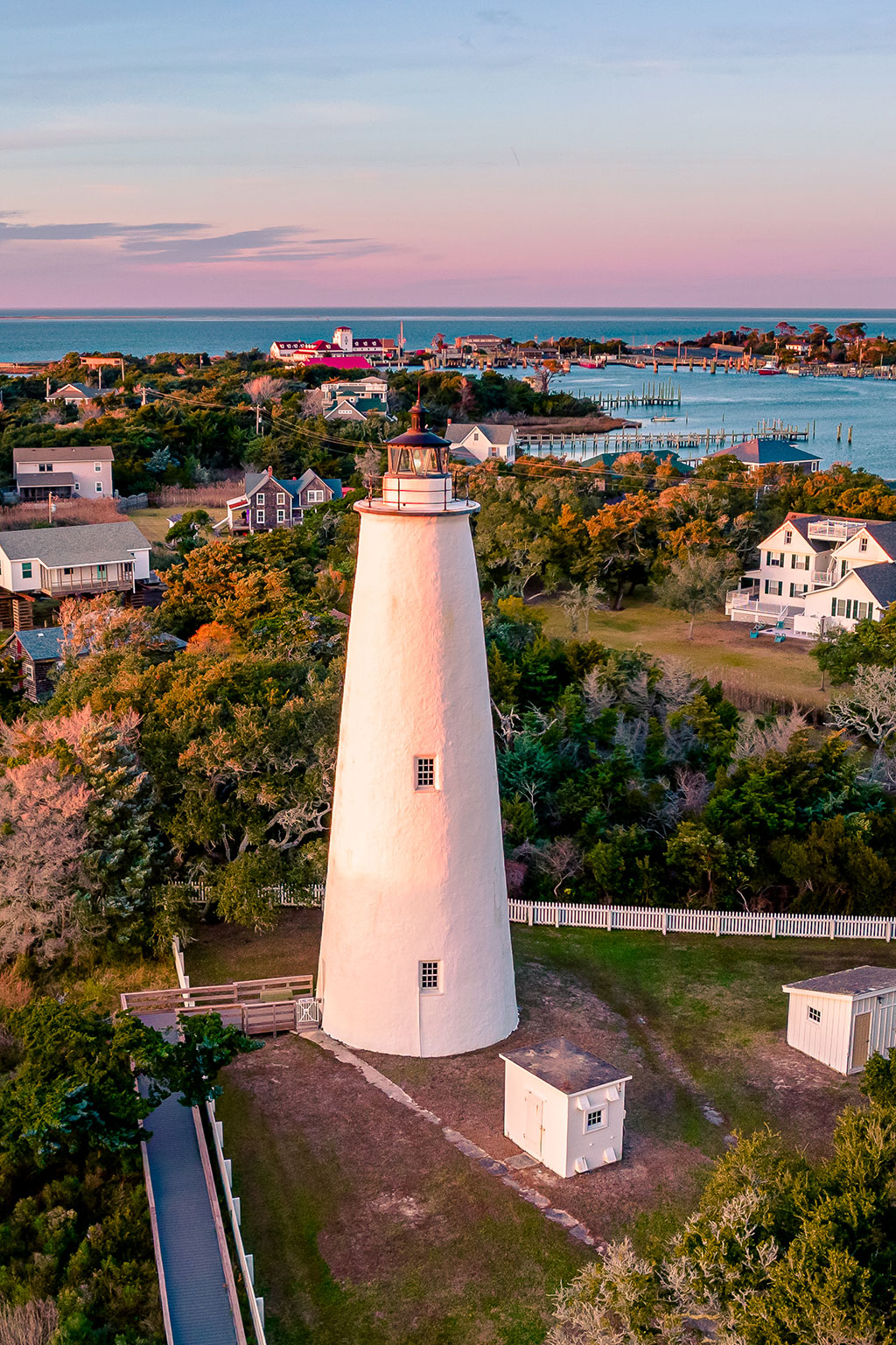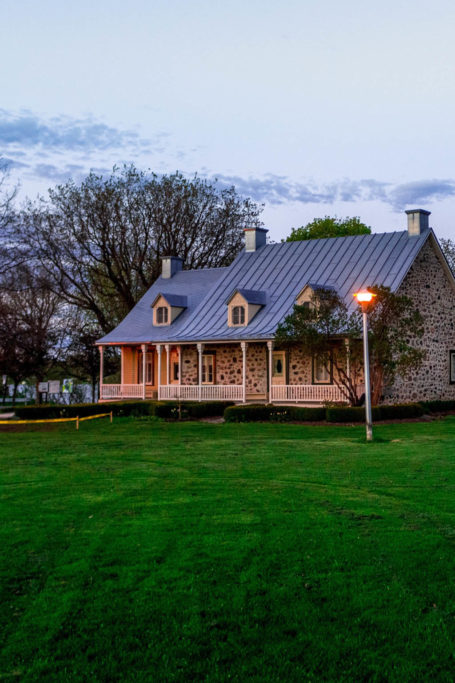Find Inner Peace at the Outer Banks
It all started with perhaps America’s greatest unsolved mystery ever.
John White, leader of what was meant to be England’s first permanent settlement in the New World, left over one hundred fellow colonists on Roanoke Island in 1587 as he set off to their homeland for supplies—but when he returned, every single one of them had vanished. Though the Lost Colony was never found, the region has since recovered and then some, growing into one of the most fascinating places to visit in the country: the Outer Banks (or OBX). Rich in both history and endless outdoor adventures, this two-hundred-mile stretch of awe-inspiring barrier islands off the North Carolina coast has something for everyone to enjoy.

The Northern Beaches
Begin your journey at the OBX’s quaint northernmost beach towns: Carova and Corolla, a twenty-mile expanse that offers so much to do and see, you could spend days exploring it. The soft, white sands and ocean access beckon both families and water-sport enthusiasts, and at either town you can witness—from your car or through various tours—the famed majestic Corolla wild horses, the state’s official horse, whose lineage is believed to date back to the sixteenth century.
Carova Beach is the more private of the two, eschewing paved roads for 4×4 beach adventures. While this makes it the perfect seaside escape, it also means that recreation is somewhat limited. If you’re looking for a more packed itinerary, consider Corolla, which has everything from shopping at its historic village to fascinating exhibits at the Currituck Maritime Museum to hiking via its many trails. On the westernmost part of town overlooking Currituck Sound, you’ll find Historic Corolla Park, a 39-acre haven featuring numerous engaging sites, most notably the Currituck Beach Lighthouse and its magnificent 360-degree view of the OBX and Whalehead, a lavish, restored century-old mansion.
Kill Devil Hills and Kitty Hawk are a must, of course, simply because of their place in US history, thanks to Orville and Wilbur Wright. Here you can wander the very spaces from which they took off and landed and feel like you’re part of aviation lore. The former is home to the Wright Brothers National Memorial, complete with a replica of their hangar and plane, and the latter is more of a tourist-focused town that features plenty of shopping, watersport-friendly beaches, and restaurants; it even has an 1,800-acre maritime forest preserve to explore.
Then there’s the ever-popular Nags Head, sitting at the bottom of the Northern Beaches and flanked by Cape Hatteras National Seashore to the south and Roanoke Sound to the west. Make sure to scale the mighty sand dunes at Jockey’s Ridge State Park—the tallest on the entire Atlantic coast—which reward your effort with amazing views. Then head over to the 1,000-foot-long Jennette’s Pier to relax; it provides a stellar fishing location, a plethora of indoor and outdoor exhibits, an aquarium, and more. Also make plans to visit the Bodie Island Lighthouse (or Light Station), a staple of Nags Head itineraries. Built in the 1870s, this piece of OBX history is available for touring from the third weekend in April through Columbus Day.

A western diversion
If you veer west on Route 64 after leaving Nags Head, you’ll discover where it all began: Roanoke Island, whose center of activity, Manteo, combines small-town waterfront ambience with education and entertainment. Popular attractions here include the North Carolina Aquarium with its 2,000-plus creatures as well as Roanoke Island Festival Park, which features sixteenth-century attractions such as a re-creation of a circa-1585 ship. Fort Raleigh National Historic Site also takes you back in time, recounting the story of the original colonists; it even has the Elizabethan Gardens, a lush, serene, ten-acre “living memorial” of its history. To truly see the tale come alive, add the Tony-honored The Lost Colony—an outdoor drama that has been reenacting the story of its namesake since 1937—to your to-do list.

Hatteras Island
Near the bottom of the OBX lies this popular fifty-mile island. With all it has to offer on its beaches and in its seven villages, it’s not difficult to see why so many love it. For families, Salvo Beach is a wonderful repose: relatively uncrowded for Hatteras and chock-full of picnic possibilities. Frisco Beach is likewise quiet and clean, offers great shell-collecting opportunities, and, as a bonus, tends to have even warmer waters than those of Cape Hatteras.
Hatteras Island is also known as the Graveyard of the Atlantic. Between it being a key nautical battleground in both the Civil War and World War II and having notorious shifting sandbars known as the Diamond Shoals, hundreds of boats have been sunk along this coast. (If you’re an experienced diver, you can even venture down to see some of them.) The famed Cape Hatteras Lighthouse in Buxton, built to aid vessels past the area’s risky waters, is the tallest brick one in the country; however, it is currently closed for renovations and can only be experienced via virtual tour or webcam.
If you prefer being in the water rather than viewing it from above, you’ll find the largest portion of Cape Hatteras National Seashore here. The nation’s first national seashore is a world mecca for water sports, a place where swimming, surfing, windsurfing, and kiteboarding enthusiasts unite. (Just be wary of the dangerous rip currents.) It also offers calmer, drier activities: fishing is abundant, there are several hiking trails to explore, and off-roading is permissible in certain locations. It’s also a wondrous place for nature lovers—over twenty types of marine wildlife can be found on and off these beaches, including seals, dolphins, whales, and several species of sea turtles as well as more than 360 bird species.

Ocracoke
Finally, slow-paced Ocracoke, located on the southern tip of the OBX, allows you to truly get away from it all—in fact, you need to take a car ferry to access it. Once you do, though, you’ll feel like you have your own piece of paradise, where sixteen miles of undeveloped beaches, locally owned shops, restaurants, amenities, and more await on the easily bikeable island. While there, be sure to visit Ocracoke Lighthouse, the second-oldest operating beacon in America.
The Outer Banks is a southeastern coastal paradise that will keep you enthralled for a day, a week, or even longer. With a plethora of sights to see, adventures to be had, and history to explore, it’s no mystery why this region will beckon you back again and again.
For more info, visit outerbanks.org































